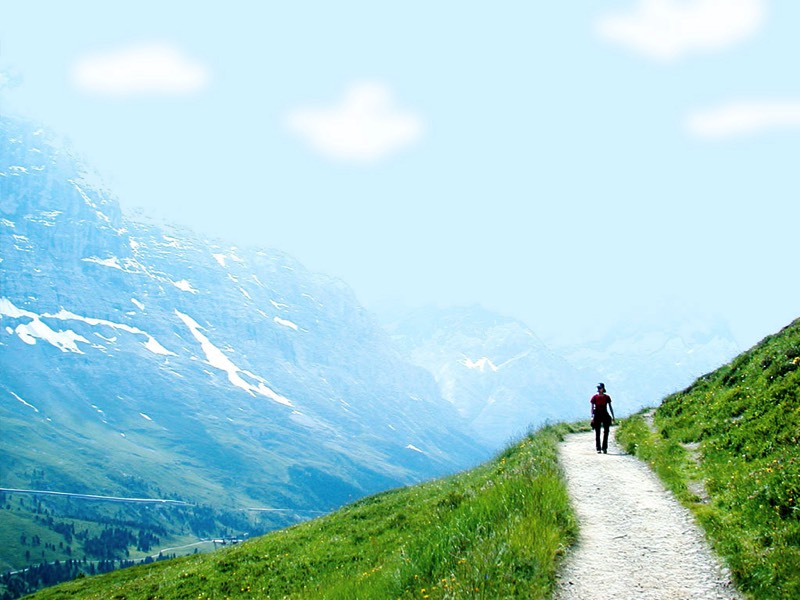
All foreign visitors to Nepal must have a valid passport. A gratis visa is issued for all tourists who visit Nepal for 3 days or less. For stays over 3 days, the current visa fee is US$30 for single entry (60 days) with an additional US$50 for multiple entry. Visas can be obtained upon arrival, or from the Royal Nepalese Embassy of Consulate. Two passport-size photos are also required.
Language
The official language is Nepali, which is related to the Indian language, Hindi, and is spoken by most of the population. English is widely spoken by Nepalese in business, government, and in the tourism industry.
Currency
The official currency is the Nepalese rupee. Banknote denominations are 5, 10, 20, 50, 100, and 1000 rupees. One rupee consists of 100 paisa. Most foreign currencies, including the US dollar and Euro, may be exchanged for rupee in banks and by authorized currency changers. If using a currency changer, make sure to check what the commission charge is. It is important to keep your exchange receipts as these will be needed when changing your rupees back to other currencies. When traveling in Nepal, use US dollars when possible, and try to exchange only what you need in rupees as the exchange rate when changing back is not favorable. Credit cards like American Express, Visa, and Mastercard are widely accepted in the major tourist areas.
Phones & Communications
Telephone, fax, telex and telegraph services are available at the Nepal Telecommunications Corporation at Tripureshwar. Hotels and private communications centers provide long distance telephone service. For calls from outside, the country code for Nepal is 977, and the area code for Kathmandu is 1.
Several Internet cafes and communication centers have opened up in the Valley and around the country in the past few years, and are an easy way to stay in touch with home. E-mail and Internet services are also offered by hotels.
Climate
Nepal has a changing climate due to its various seasons and elevation levels. The climate is monsoonal, with four main seasons. The Autumn (Oct-Dec) is the best time of year to visit Nepal, with clear and cool weather arriving after the monsoon. Average temperatures range from 68F-86F. The Winter (Jan-Feb) sees average daytime temperatures drop to around 59F to 68F, with cold mornings and evenings. Spring (Mar-May) is a very pleasant time of year, with average temperatures similar to Autumn - between 68F-86F. The hotter summer months (Jun-Sep) are the monsoon/rainy season.
Electricity
The voltage in Nepal is 220V. A converter is required for U.S. appliances rated at 110V. A universal adaptor is also required due to the different plug types.
Time Zone
The time zone is GMT +5.45, or 10.45 hours ahead of U.S. Eastern Standard Time. Daylight savings time is not practiced in Nepal.
Tipping
Tipping is becoming customary in Nepal, and is expected by most people in the tourism industry. Small tips to bellboys for luggage porterage are appropriate, and leave ten percent on top of bills in restaurants, provided a service charge has not already been added. It is customary to tip your tour guide and driver.
Health
There are no vaccinations required to enter Nepal, unless you are arriving from an infected area. Medical facilities in Kathmandu Valley are sound. It is always a good idea to check with your doctor prior to traveling internationally to make sure all your boosters are up to date, and to determine if any vaccinations are recommended. Common vaccinations include cholera, meningitis, tetanus, diphtheria, and typhoid. Make sure to bring along any essential medications as there is no guarantee that they will be available locally. Most travelers suffer nothing more than tummy problems, so drink only bottled water, avoid street vendor food, and remember that common sense is often the best prevention.

